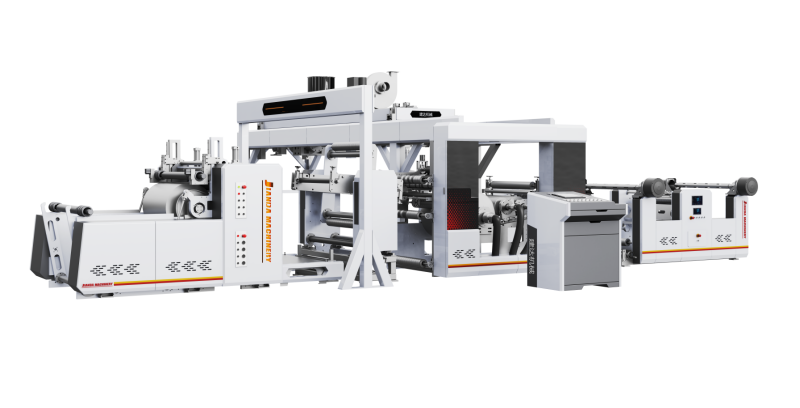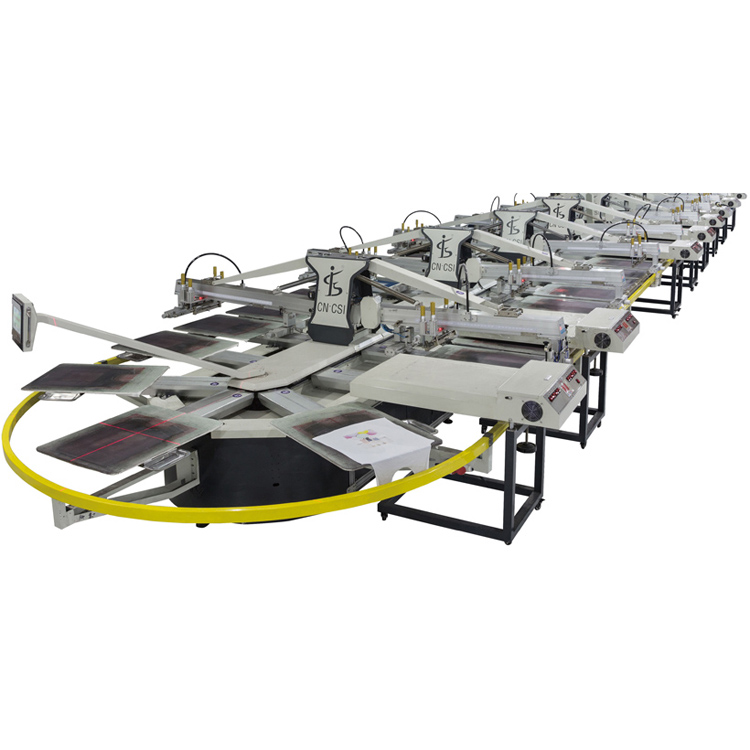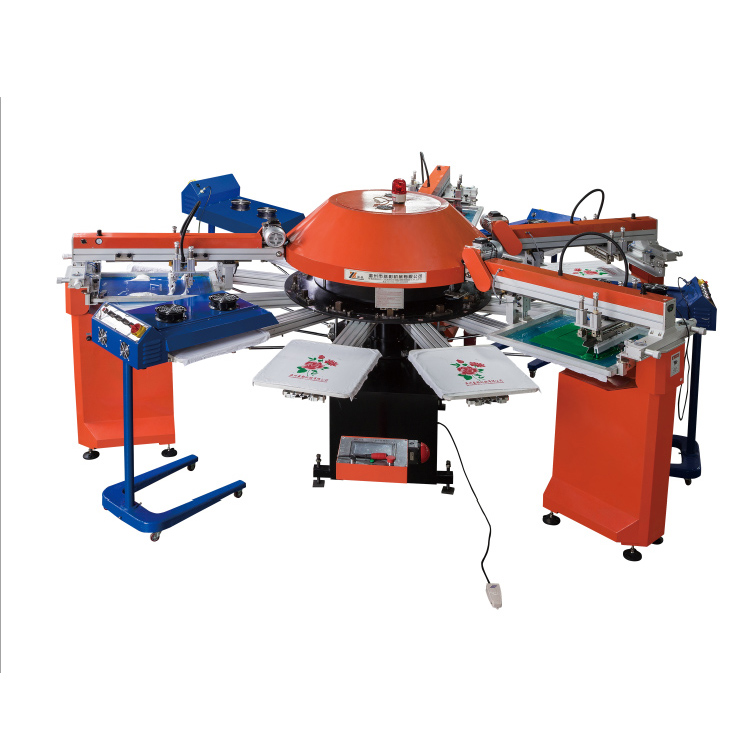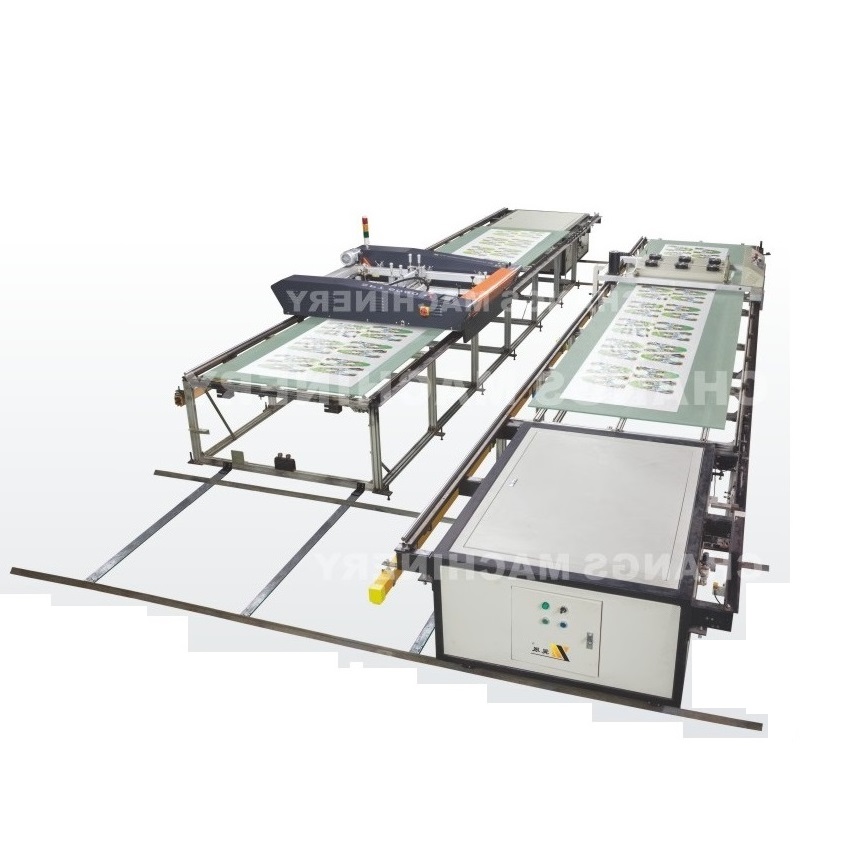Screen printing is a common printing method that controls the thickness and distribution of ink by adjusting the size and tension of the printing screen. Screen printing is widely used in many fields, such as electronic products, textiles, toys, advertising, packaging, pharmaceuticals, etc. The following will introduce the application and characteristics of screen printing in detail:
I. Application fields of screen printing:

1. Electronic products: Screen printing is indispensable in the manufacture of electronic products. It is used for conductive adhesives, connectors and resistors on printed circuit boards; it is also used for printing display screens, sapphires and touch screens.
2. Textiles: Screen printing is widely used in the textile industry. It can print patterns, logos and patterns on textiles such as clothing, shoes, bags, etc., to increase the added value and attractiveness of textiles.
3. Toys: Screen printing plays an important role in the manufacturing process of toys. It can print surface patterns, colors and accessories of toys, etc., to enhance the appearance and attractiveness of toys.
4. Advertising: Screen printing is widely used in the publicity and advertising industry. It can print posters, billboards, exhibition logos, brochures, etc., to improve the publicity effect and attract audiences.
5. Packaging: Screen printing is widely used in the packaging industry. It can print packaging boxes, bags, bottles, etc., to enhance the decorativeness and brand image of the packaging.
6. Pharmaceuticals: Screen printing also has important applications in the pharmaceutical industry. It can print drug packaging, instructions, tablets, etc., to improve the identification and recognition of drugs.
Ⅱ. Characteristics of screen printing:
1. Strong printing adaptability: Screen printing is suitable for printed materials of different shapes and materials, whether it is a flat, curved or irregular surface, it can be effectively printed.
2. Wide range of printing materials: Screen printing can be printed on a variety of different materials, such as paper, textiles, plastics, metals, etc.
3. Rich and diverse printing effects: Screen printing can achieve a variety of printing effects, such as convex, concave, gloss, matte, etc., and can use a variety of colors and pigments to achieve rich color effects.
4. Strong durability: The pigments of screen printing can withstand complex environments, temperature and humidity changes, and maintain bright colors and clear patterns for a long time.
5. High production efficiency: Screen printing can achieve high-speed printing, which is suitable for large-scale production and fast delivery.
6. Environmentally friendly and sustainable: The inks and materials used in screen printing can be recycled to reduce environmental pollution and energy consumption.
In summary, screen printing is widely used in various fields and can achieve a variety of complex printing effects. Its strong adaptability, wide range of printing materials, rich and diverse printing effects, strong durability, high production efficiency and environmental sustainability make it one of the preferred printing methods in many industries.






